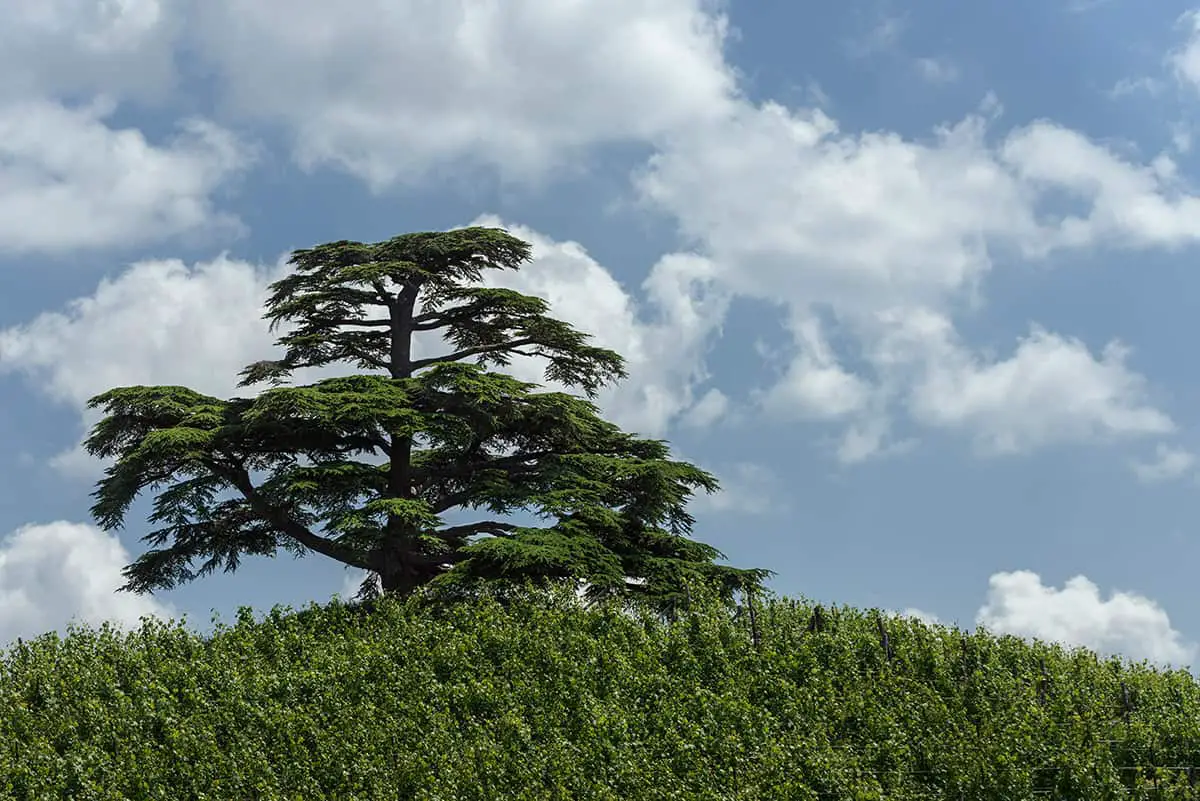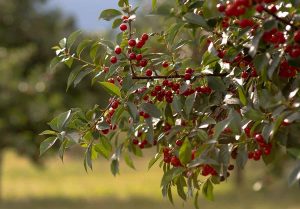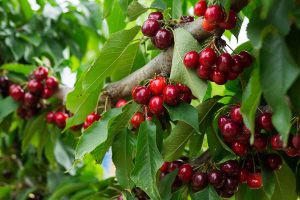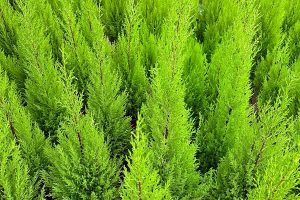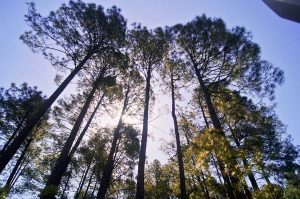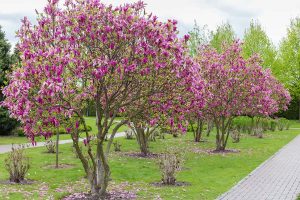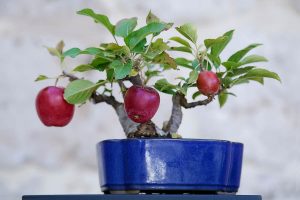Understanding cedar trees is essential if you’re interested in diverse tree species that paint our landscapes and enrich our ecologies. Cedar trees, with their distinct fragrance and durable wood, hold significant value both ecologically and culturally. They are evergreens that vary widely in size and shape and are native to various regions ranging from the cold mountains of the Himalayas to the temperate climates of the Mediterranean.
Distinguishing between true and false cedars is crucial as they belong to different botanical families. True cedars are part of the genus Cedrus and can be found mostly in the old world, particularly in mountainous areas. In contrast, false cedars, which include species like the Northern white cedar, are native to the New World and belong to other genera like Thuja and Calocedrus.
Table of Contents
Physical Characteristics of Cedar Trees
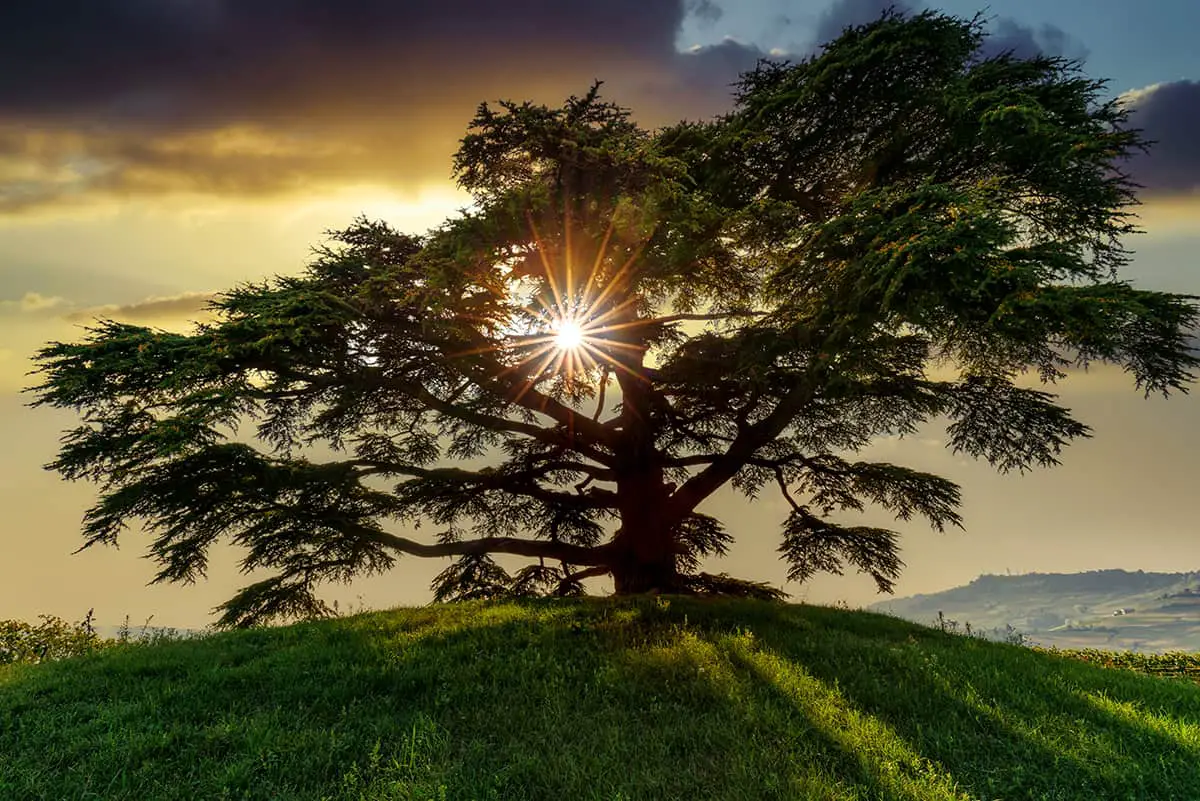
Cedar trees are known for their distinctive physical characteristics, which vary among the different species. You’ll discover the aspects of cedar trees that can help you identify and appreciate these conifers better.
Leaves and Needles
Cedar leaves, commonly referred to as needles, can either be scale-like or needle-like depending on the species. For example:
- Eastern white cedar: Scale-like leaves that are soft and densely packed.
- Jack pine: Needle-like leaves grouped in clusters called fascicles.
Cones and Seeds
The cones and seeds of cedar trees serve as the reproductive organs and have unique traits:
- Cones: Small and woody with a shape that can range from round to elongated, some resembling wooden roses.
- Seeds: Protected by the cones, they are usually winged for wind dispersal, ensuring the proliferation of the cedar species.
Bark and Wood
Cedar bark and wood are often praised for their durability and resistance to decay:
- Bark: It varies from fibrous and reddish-brown in youth to deeply furrowed with a silvery-grey appearance in older trees.
- Wood: Recognized for its straight grain and red to pink hues, the wood of cedar trees is also known for its distinct fragrance and is commonly used in construction and fine woodworking.
True Cedars
True Cedars are conifers from the Cedrus genus, valued for their wood and ornamental qualities. You will encounter three main species, which have unique characteristics that make them distinguishable.
Cedrus Atlantica
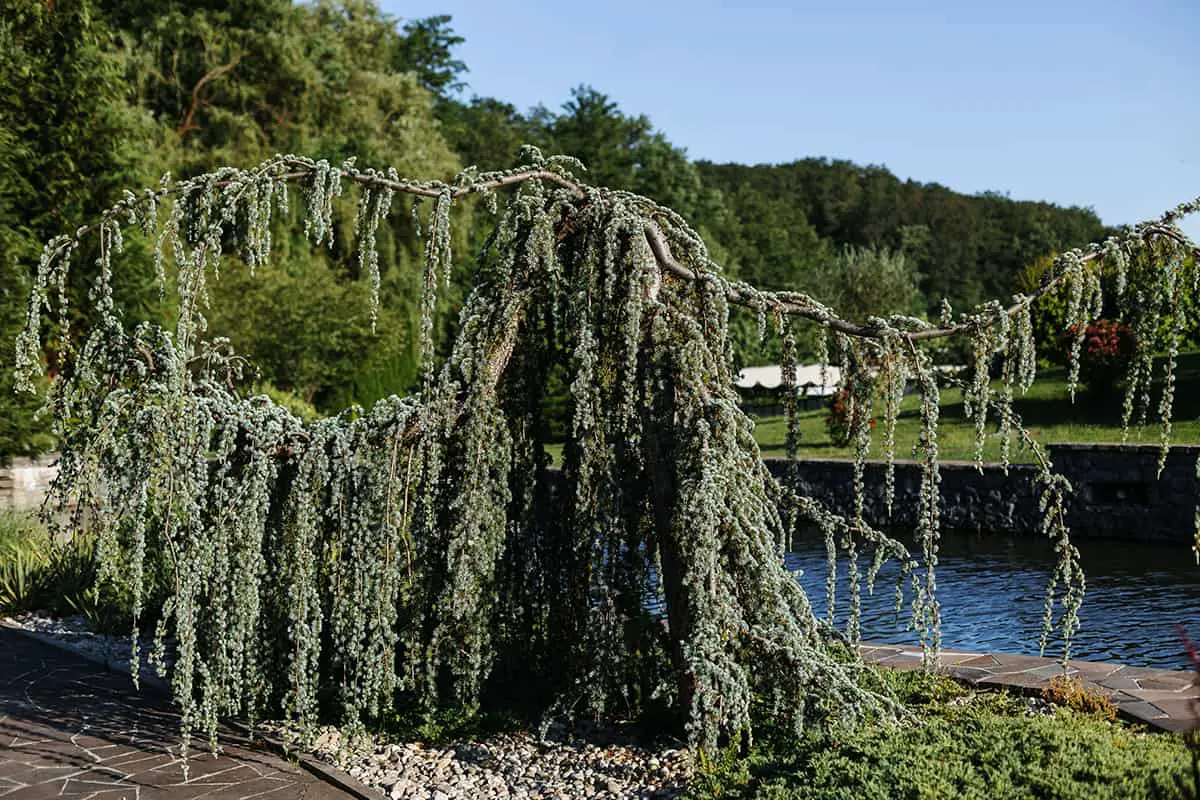
- Common Name: Atlas Cedar
- Native Region: Atlas Mountains of Morocco and Algeria
- Unique Feature: Its wood is known for a strong fragrance, which is long-lasting and acts as a natural moth repellent.
The Atlas Cedar has silver-blue needles that add a distinctive color to landscapes. The tree’s durable wood is prized in carpentry for its natural preservative oils.
Cedrus Deodara

- Common Name: Himalayan Cedar
- Native Region: Western Himalayas
- Unique Feature: Exhibits drooping branchlets and a graceful, weeping form.
You’ll find the Himalayan Cedar important in forestry, noted for its seed yield and germination rates that affect early seedling growth. Its timber is valuable for building and furniture.
Cedrus Libani
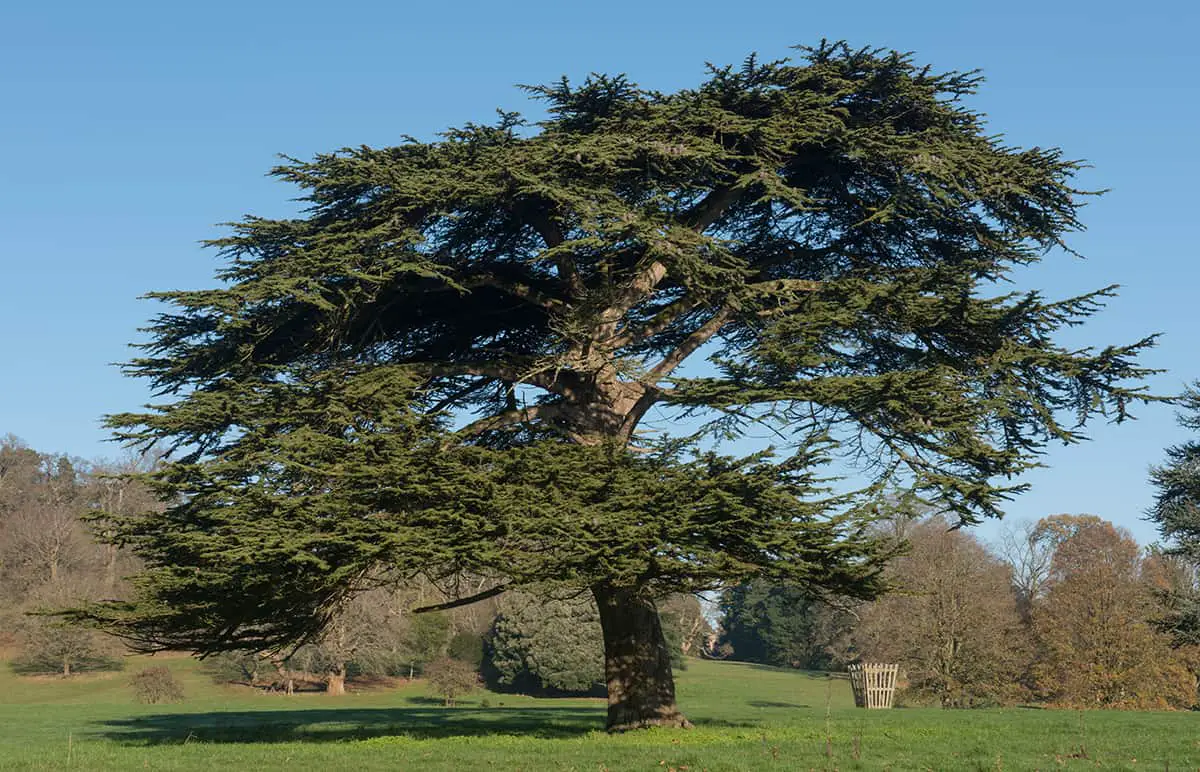
- Common Name: Cedar of Lebanon
- Native Region: Mountains of Lebanon and Turkey
- Unique Feature: Recognized by its horizontal layers of branches and a dark, cracked bark.
Cedar of Lebanon carries deep historical and cultural significance, especially in the Mediterranean. This species is also notable for its robustness and longevity.
False Cedars
These types of trees are commonly called cedars but are not true cedars botanically. These “false cedars” share similar qualities with true cedars but belong to different genera.
Western Red Cedar
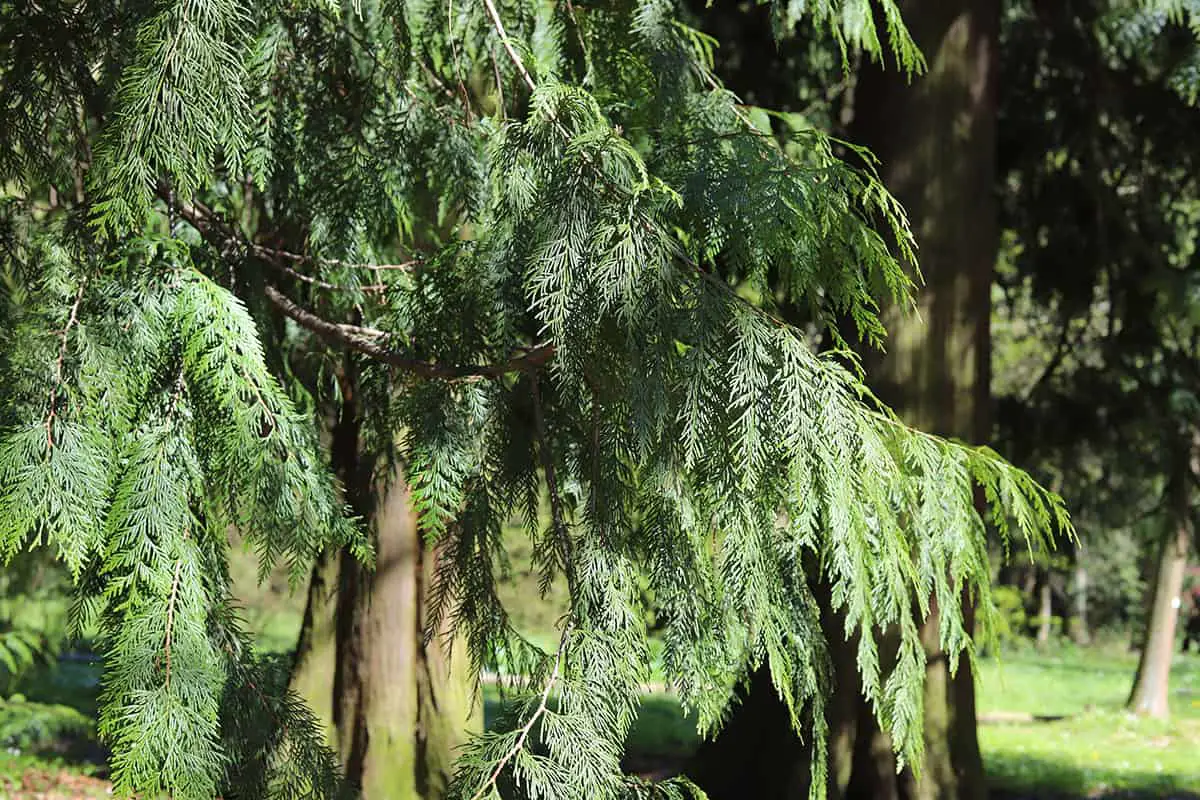
- Scientific Name: Thuja plicata
- Native Regions: Thrives from Alaska to Northern California, emblematic of coastal rainforests.
- Unique Features: Renowned for its durable, aromatic wood that resists decay and insects.
The Western Red Cedar, Thuja plicata, often occupies damp forests and swamps in Northwestern America. Known for its rot-resistant timber, it’s a valuable tree for outdoor construction. Despite its common name, it’s actually part of the cypress family.
Eastern Red Cedar

- Scientific Name: Juniperus virginiana
- Native Regions: Widespread across Eastern U.S.A., from Maine to Florida, west to Texas.
- Unique Features: Dense foliage with berry-like cones; wood repels insects, used in closets and chests.
Juniperus virginiana, or the Eastern Red Cedar, thrives in a variety of habitats. It’s highly adaptable and often found in fields and open areas. You can identify it by its reddish-brown bark and berry-like cones. Its fragrant wood is commonly used for linings in chests and closets.
Incense Cedar
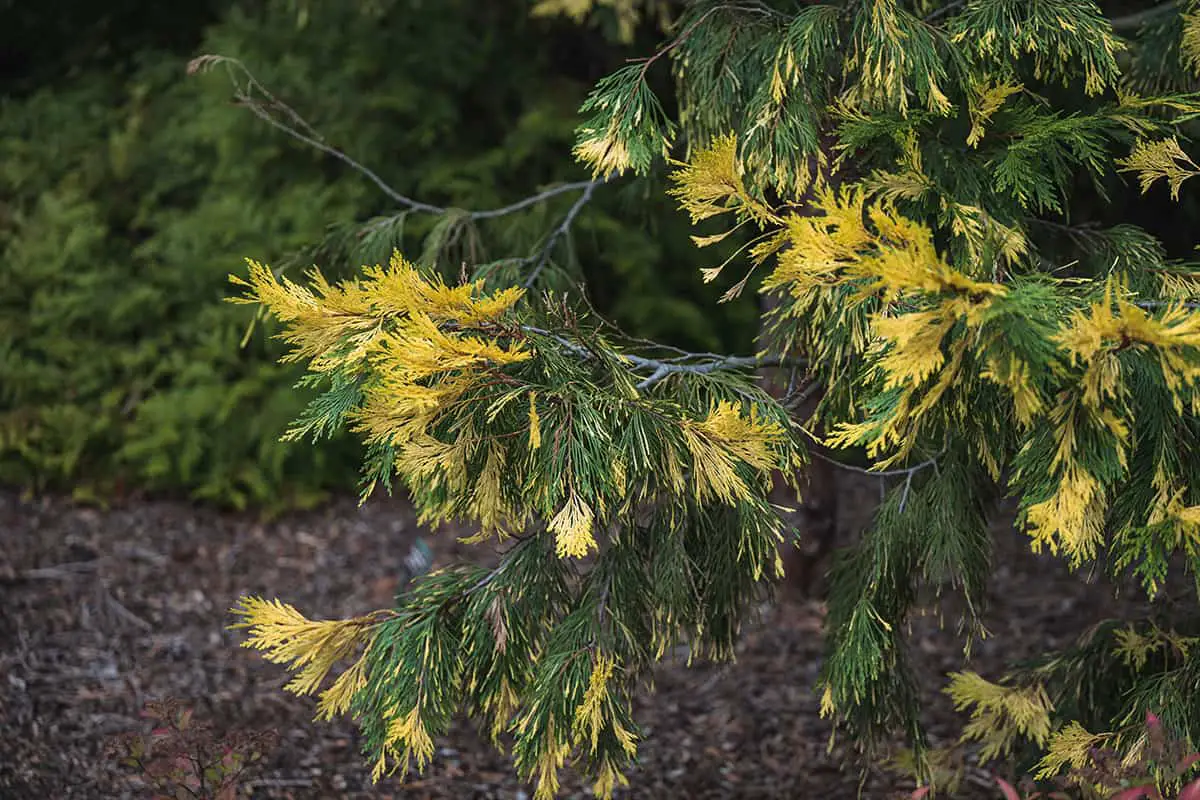
- Scientific Name: Calocedrus decurrens
- Native Regions: Native to western North America, particularly California and Oregon.
- Unique Features: Produces durable, aromatic wood; resistant to decay; used in pencils and fencing.
Belonging to the species Calocedrus decurrens, the Incense Cedar grows in Western North America. It prefers mountainous regions and has a distinctively pleasant aroma. This tree’s lumber is popular for making pencils and fence posts due to its softness and workability.
Habitats and Growing Regions
Cedar trees flourish in various habitats. You’ll find different types of cedars in both temperate and subtropical areas. The habitats they prefer range from mountainous regions to moist forest settings. Let’s take a closer look at where these trees grow best.
Northern White Cedar: This species often resides in wet forests and swamps. It even withstood the impact of the Second World War, surviving in places like cemeteries to the present day.
Eastern Red Cedar: You’ll find these trees thriving in a variety of settings, including dry hills, prairies, and open woodlands. They are adaptable, extending across much of the eastern United States.
Atlas Cedar: Native to the Atlas Mountains, this cedar prefers mountainous regions. It is well-suited to cooler climates and higher altitudes.
Lebanon Cedar: This iconic species historically lines the mountains of the Mediterranean area. It favors temperate and well-watered mountainous habitats.
Deodar Cedar: Originating in the Himalayas, they are accustomed to mountainous terrains and cold climates.
Cultural Significance
Cedar trees have been integral to various cultures throughout history. Their roles range from utility to spiritual significance.
Historical Uses
Cedar wood is renowned for its durability and resistance to decay. Native Americans on the Pacific coast utilized cedar bark for basket weaving, a tradition passed down through generations. The wood was also essential for building longhouses, canoes, and totem poles. In regions like the Pacific Northwest, groups such as the Nanwakolas treasured large cedars for cultural practices.
Symbolism and Mythology
Many traditions see cedar trees as symbols of wisdom, strength, and longevity. The trees are entwined with various myths, often representing immortality and protection. In Sweden, for example, boreal forests housed culturally modified trees that held historical importance, revealing the deep connection between nature and local mythology.
